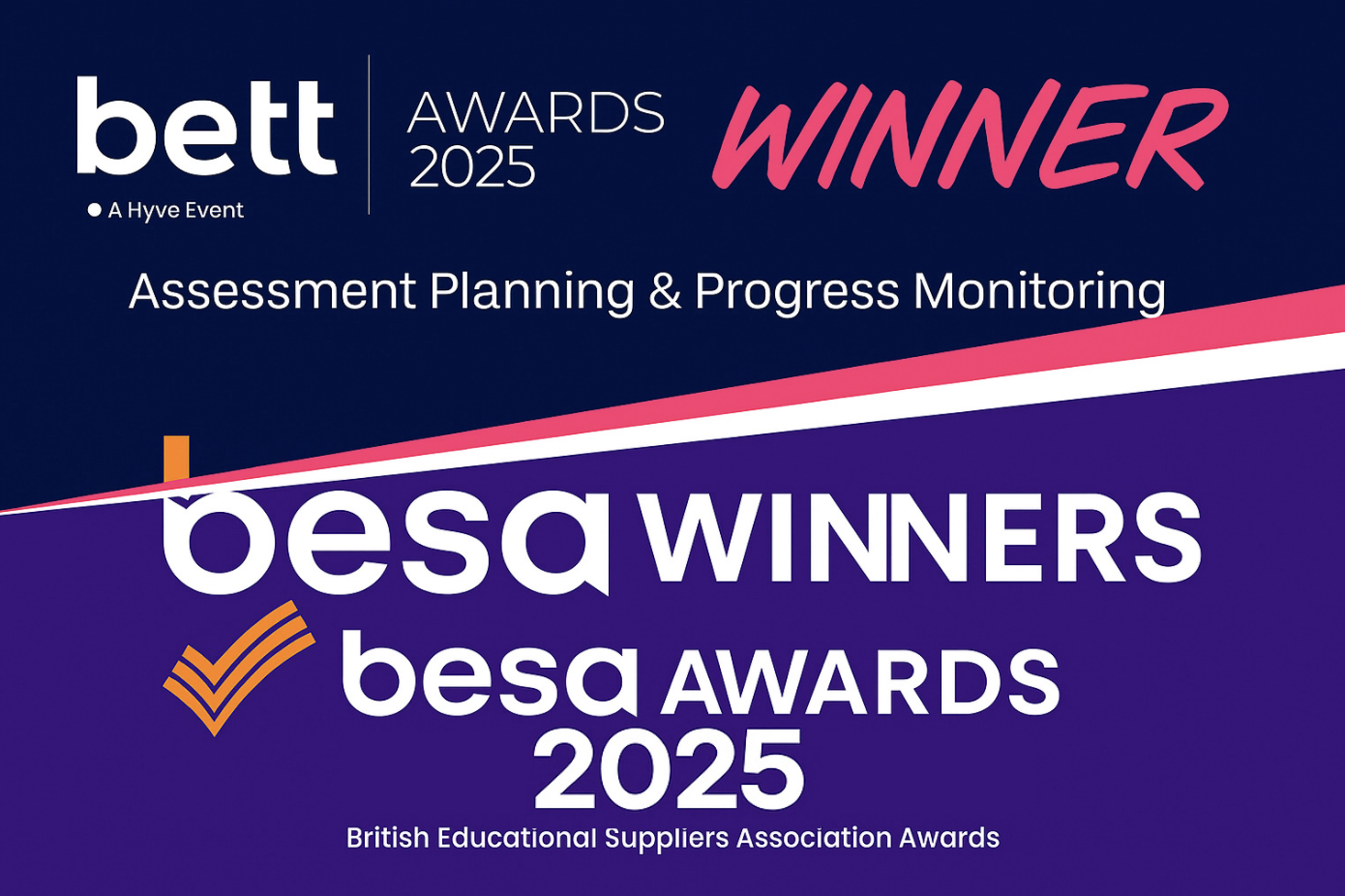SEN - are we really catering for the learners’ needs?
By Josianne Pisani
All kids struggle with something or other at some point in time. It’s both a learning and growing experience. But some struggle all the time, resulting in stress, anxiety and low self-esteem - all of which will impact children way beyond their school years.
How we see ourselves will not only affect the relationship we have with those around us, but with the outside world in general. As adults we rely on those relationships and on the support we get from the people in our lives. It’s that very same support that will help us go that extra mile, get that job we’ve been after or enroll in an activity that we enjoy. But how can we do this if we don’t think we are worthy because that is the message we have been getting all along?
It’s a message that is slowly beginning to change. As with everything else, change takes time though. Can our young learners today afford the wait? Unfortunately, there is still a strong focus on what learners can’t do as opposed to what they can, particularly within a SEN (special educational needs) context, leaving many with a negative learning and life experience.
Negative learning experiences can be turned into positive ones too
Yes, negative learning experiences can be turned into positive ones too. Here are 4 areas that you could focus on to help you turn things around for your child or those in your care.
Learners’ Strengths: Can you imagine living day in, day out, constantly feeling inadequate at best. Pointing out a child’s shortcomings will not necessarily help the child improve their situation but will, in all probability, leave them feeling unworthy. We all have strengths, but we do not necessarily recognise them. Identifying them and building on them will increase the learners’ confidence no end.
Developmental Gaps: There are reasons why children are not doing as well as is expected. The education system worldwide is built on the premise that kids of the same age are capable of doing more or less the same thing. Yet the classroom experience shows a different picture. Find out what those developmental gaps are - only then can we help our learners move forward.
Skills Sets: Work with the skills that learners find challenging and bridge the gap one step at a time. Work with where the children are as opposed to where they should be. Develop skills that will help them become more efficient and independent. Make it fun, make it doable.
Learning Environment: Creating a safe learning environment is key, irrelevant of whether you are a parent or a professional. Find out what stimulates, engages and motivates the children in your care, but also take into consideration the things that bother them. Learners will be more likely to engage with their learning, manage emotions and ask for help when they feel secure in their surroundings. This will serve them well way after they leave your charge or classroom.
Find out more about the difference you can make today so that you can provide a better tomorrow for your children, or the children you are working with, and discover more actionable tips on fostering inclusivity by accessing our exclusive collection of free giveaway tips on our website.
About The Author
Josianne Pisani is a teacher, teacher trainer and materials writer at ETI Malta with years of experience in teaching English as a second language to learners of all ages and abilities. She has written and runs various methodology courses, including those related to teaching SEN learners, and has been training teachers from around the world for the last 10 years. She is also a SEN coach and a PAGS professional.
Get regular updates and insights from the PAGS Team.





